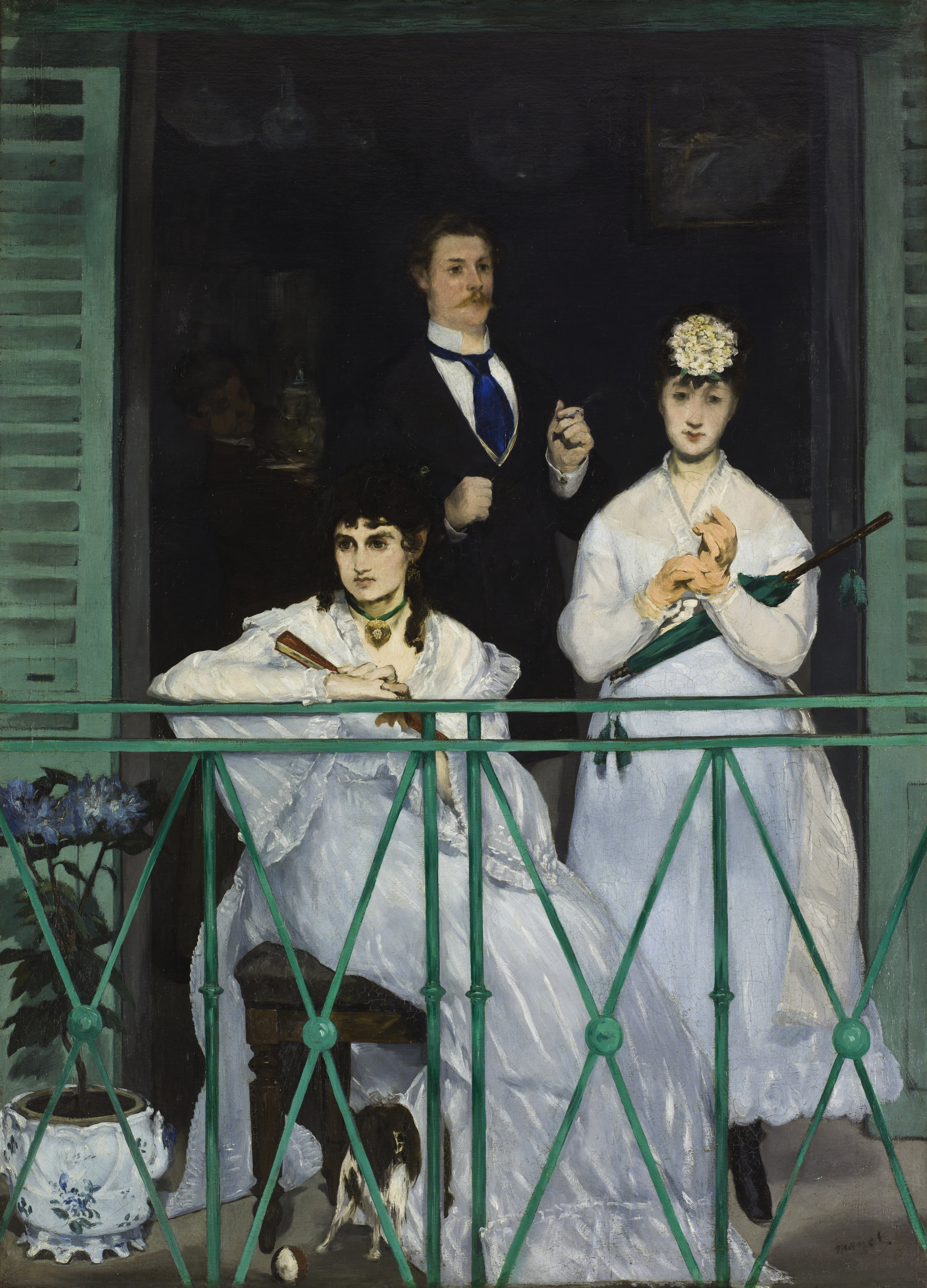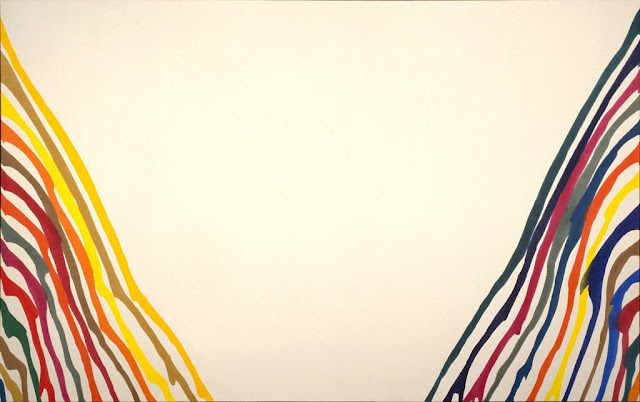The Bather of Valpincon
7:00 AM| Ingres, The Bather of Valpincon, 1808 |
By MADELINE VASQUEZ
During the French Revolution, the predominant form of art was known as Neoclassical. Neoclassicism intertwined with the movement of ornamental and optic art and architecture during the mid-18th to 19th century. For the most part, it was recognized in France, along with Europe and the United States shortly after. Neoclassical art contrasts with Rococo art in terms of elegantly ornate paintings to more of classical thought during ancient times. The whole idea behind this style of art was a way for artists to express themselves through their artwork and the knowledge that they acquired. A well-known artist during this time by the name of Jean-Auguste-Dominique Ingres, captured viewers attention by painting conventional, and romantic style of artistry.
Ingres is said to be one of the last Neoclassical painters and was labeled as one of the best artists in France. Historical paintings, nudes, and portraits were his specialty and helped describe the simplicity of emotion and color behind his work relating to romanticism. Denis Diderot, the writer of The Encyclopedia, said, “...the work of past centuries may be useful to the following centuries…” (Diderot 44). This relates to how Ingres distributes the characteristics of people and design in his paintings. He admired the human figure, the philosophy of the middle ages, and how he could be in control of the beauty behind admiring someone and drawing them. Ingres was greatly influenced by another Neoclassical artist, Jacques-Louis David, who inspired him to be the best he could be and grow in his work.
During the French Revolution, the predominant form of art was known as Neoclassical. Neoclassicism intertwined with the movement of ornamental and optic art and architecture during the mid-18th to 19th century. For the most part, it was recognized in France, along with Europe and the United States shortly after. Neoclassical art contrasts with Rococo art in terms of elegantly ornate paintings to more of classical thought during ancient times. The whole idea behind this style of art was a way for artists to express themselves through their artwork and the knowledge that they acquired. A well-known artist during this time by the name of Jean-Auguste-Dominique Ingres, captured viewers attention by painting conventional, and romantic style of artistry.
Ingres is said to be one of the last Neoclassical painters and was labeled as one of the best artists in France. Historical paintings, nudes, and portraits were his specialty and helped describe the simplicity of emotion and color behind his work relating to romanticism. Denis Diderot, the writer of The Encyclopedia, said, “...the work of past centuries may be useful to the following centuries…” (Diderot 44). This relates to how Ingres distributes the characteristics of people and design in his paintings. He admired the human figure, the philosophy of the middle ages, and how he could be in control of the beauty behind admiring someone and drawing them. Ingres was greatly influenced by another Neoclassical artist, Jacques-Louis David, who inspired him to be the best he could be and grow in his work.
In The Bather of Valpincon, created in 1808, Ingres depicts the simple yet captivating scene of a woman who just finished bathing. Usually, Ingres painted people facing the audience, but in this, the woman’s back is facing toward us, thus being impossible to identify her and the emotion on her face. In another work of his, “...he inserted the torso and head of of his anonymous nude study of the 1808, the so-called Valpincon Bather, almost without alteration in the midst of his crowded Turkish Bath, of 1862” (Eisenman 50). He did this because he enjoyed putting replicas of people or objects into other aspects of different paintings so people would be able to recognize his work. When looking at the painting, the elegance of the white sheets, bed, and her skin color stand out. The color white is usually associated with perfection and the meaning of purity and cleanliness, which compares to the image of her cleansing her body. The significance of her immersing in water and washing herself, portrays the idea of cleansing not only herself, but her soul. Every problem or hardship is being washed away. The concept of religion can then presented relating to the idea of the woman being baptized and becoming new. Although the woman’s expression can not be seen, it can be felt by her body language.
Overall, the simplistic beauty behind The Bather of Valpincon, by Jean-Auguste-Dominique Ingres, embodies the flawlessness of a woman and the washing away of her imperfections.
Overall, the simplistic beauty behind The Bather of Valpincon, by Jean-Auguste-Dominique Ingres, embodies the flawlessness of a woman and the washing away of her imperfections.





.jpg)





0 comments